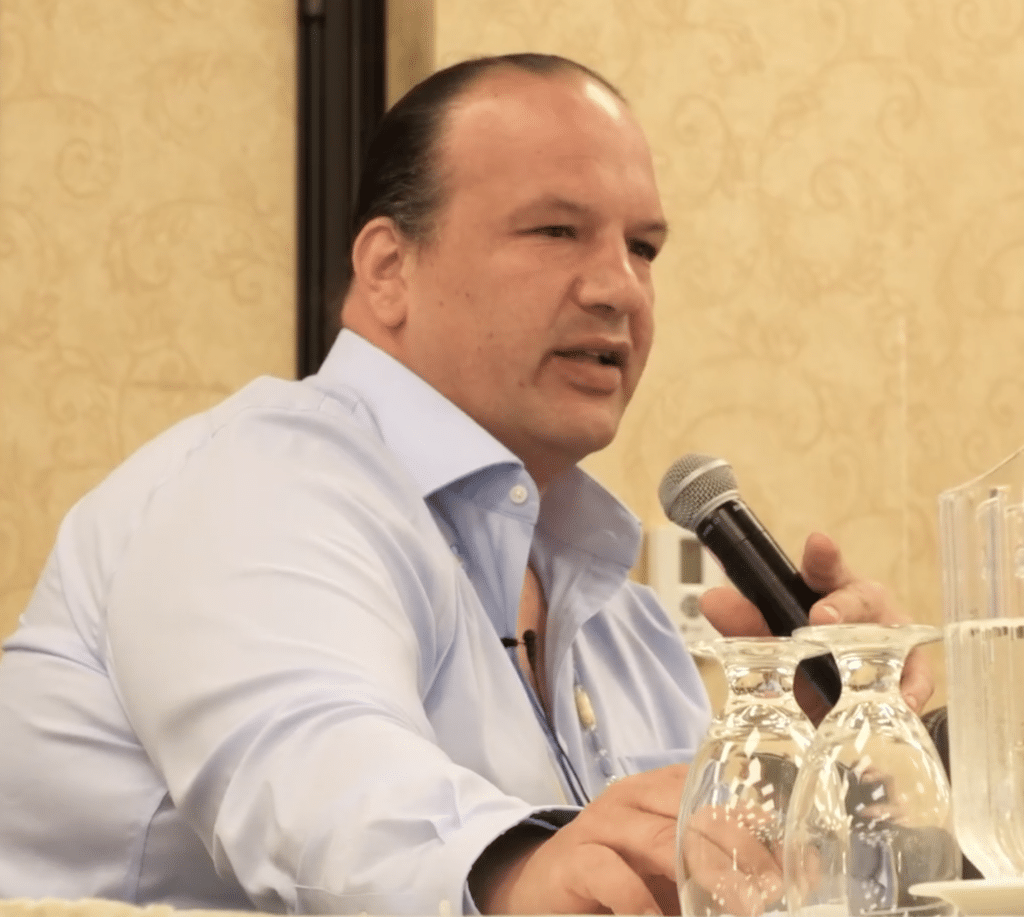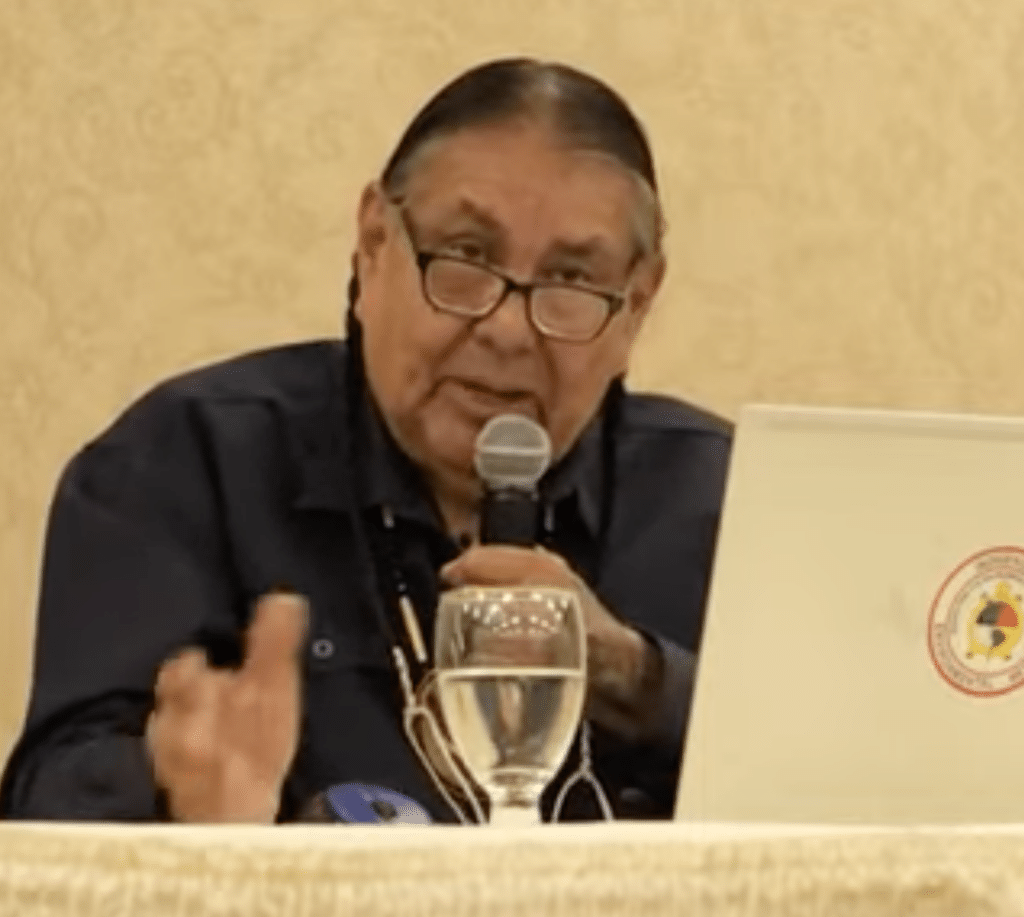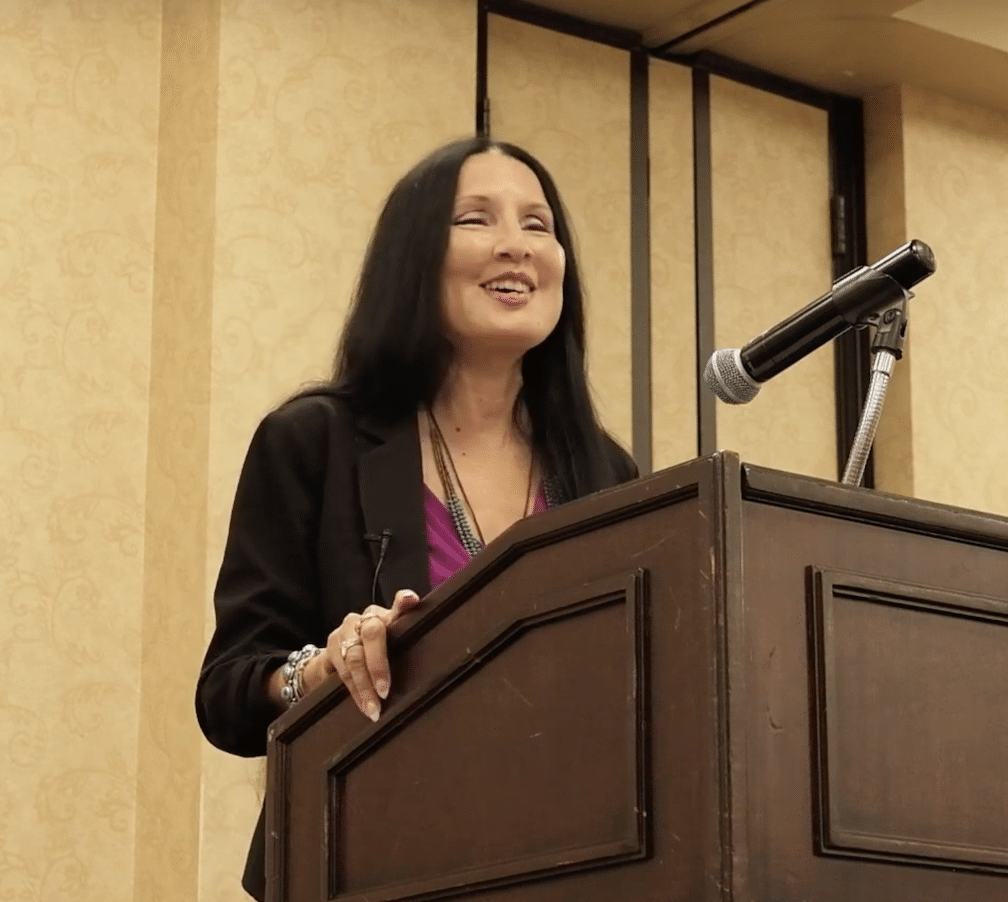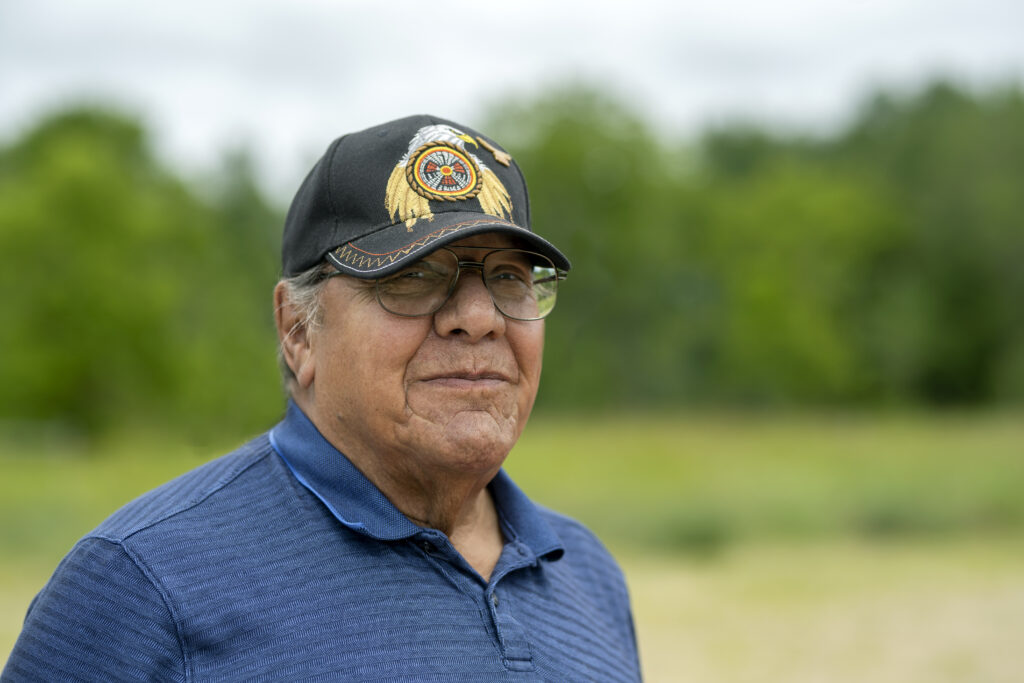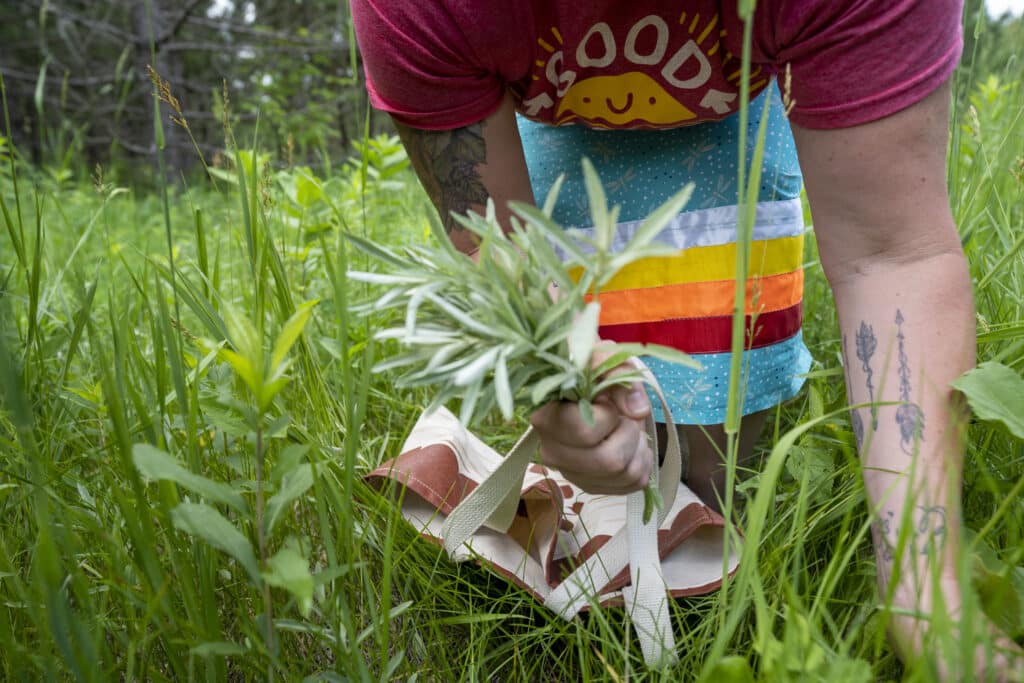Posts by AmyMyszko
VIDEO: Kekek Stark Keynote – First Annual Anishinaabe Law Conference
Kekek Stark is Turtle Mountain Ojibwe, member of the
Bizhiw (Lynx) Clan and a practitioner of Indigenous law. Kekek is an Associate Professor at the Alexander Blewett III School of Law at the University of Montana where he serves as the Co-Director of the Indian Law Program, the Margery Hunter Brown Indian Law Clinic, and the American Indian Governance and Policy Institute. This is Kekek’s keynote address from the first annual Anishinaabe Law conference on White Earth in June, 2023.
VIDEO: Tom Goldtooth Keynote – First Annual Anishinaabe Law Conference
Tom Goldtooth is the Executive Director of the Indigenous Environmental Network, working for the rights of Indigenous Peoples, rights of Mother Earth and for environmental and economic justice. Tom has networked with Indigenous Peoples and spiritual/religious leaders globally helping humanity to re-evaluate their relationship to the sacredness of Grandmother Earth. His moving address at the first annual Anishinaabe Law Conference on White Earth in June 2023 touches on many issues of Indigenous sovereignty, both locally and globally.
Read MoreVIDEO: Rebecca Tsosie Keynote – First Annual Anishinaabe Law Conference
Rebecca Tsosie is a Yaqui tribal member, an attorney at law, an expert in Indigenous Law and a professor emeritus at Arizona State University. Professor Tsosie gives a passionate and informative keynote presentation on Indigenous Law at the first annual Anishinaabe Law Conference held in June of 2023 on the White Earth Indian Reservation in Minnesota.
Read MoreNiibi Center Hosts Anishinaabe Law Conference
I had the privilege of attending the First Annual Anishinaabe Law Conference, hosted by the Niibi Center on White Earth, June 25 th & 26 th – 2023. The conference provided a forum where Water Protectors, tribal lawyers and non-tribal lawyers, and nationally and internationally renowned Indigenous legal scholars could begin a formal dialogue concerning what customary, or natural law, is and looks like in practice. Among the honored speakers were Tom Goldtooth, Diné of the Dibé izhiní clan on his mother’s side, Kekek Stark – Turtle Mountain Ojibwe and member of the Bizhiw clan, and Rebecca Tsosie who is of Yaqui descent.
Read MoreSpeakers Announced for Upcoming Anishinaabe Law Conference
The Niibi Center, a local White Earth non-profit, is hosting our first annual Anishinaabe Law Conference June 25th and 26th. Our hope is to learn from other Tribal nations and lndigenous leaders who are currently utilizing natural law in Tribal legal systems and beyond, as well as share wisdom about Indigenous sovereignty and Treaty Rights.
Read MoreNative News Online: Vatican Rejects Doctrine of Discovery
In a landmark statement made today, the Vatican formally repudiated a centuries-old theory of church decrees that endorsed the forceful seizing of Native lands and near-total destruction of Indigenous peoples.
The decrees, or “papal bulls,” underpin “The Doctrine of Discovery,” a legal concept created in a 1823 U.S. Supreme Court decision that justified the forceful seizing of Native land by European colonizers under the guise that colonizers “discovered” the land.
Read MoreFood & Environment Reporting Network: The Future of Wild Rice May Depend on an Unlikely Alliance
Hoping to halt the decline of the sacred plant in northern lakes, the Ojibwe partnered with scientists who represent a historical nemesis.
Read MoreProtecting Manoomin through Anishinaabe Law
Rights of nature is a movement that seeks to give non-human relatives legal status as persons, and has gotten some traction around the world, as well as here in Minnesota. The White Earth Nation voted to give manoomin (wild rice) rights in 2019, in order to help protect wild rice and the habitats in which it grows. This legal standing is important due to manoomin’s status as not only an integral food source for Ojibwe and non-Native people in Minnesota, but most crucially because of the role manoomin plays at the center of Anishinaabe prophecy, spirituality and culture.
Read MoreUpdates on Line 3 Damage from Waadookawaad Amikwag – Friends of the Beaver
Many environmental activists, scientists, water protectors and Tribes warned about the possible damage that Enbridge’s Line 3 pipeline could wreak on the delicate watersheds and ecosystems of northern Minnesota. Line 3 traversed over 300 miles across the state and ran pipeline through and under at least 22 rivers and dozens of wetlands. In the process of construction, Enbridge had numerous frack-outs and aquifer breaches, only a handful of which have been reported to the Minnesota Pollution Control Agency and other environmental protection groups.
Read MoreSpotlight on the Historical Trauma Healing Program
The Niibi Center’s Historical Trauma Healing program focuses on preserving historical information/records, sharing stories around the effects of boarding school trauma, forced removal and other generational and current manifestations of colonization, and taking steps to help individuals and the community heal from the effects of this trauma.
Read More